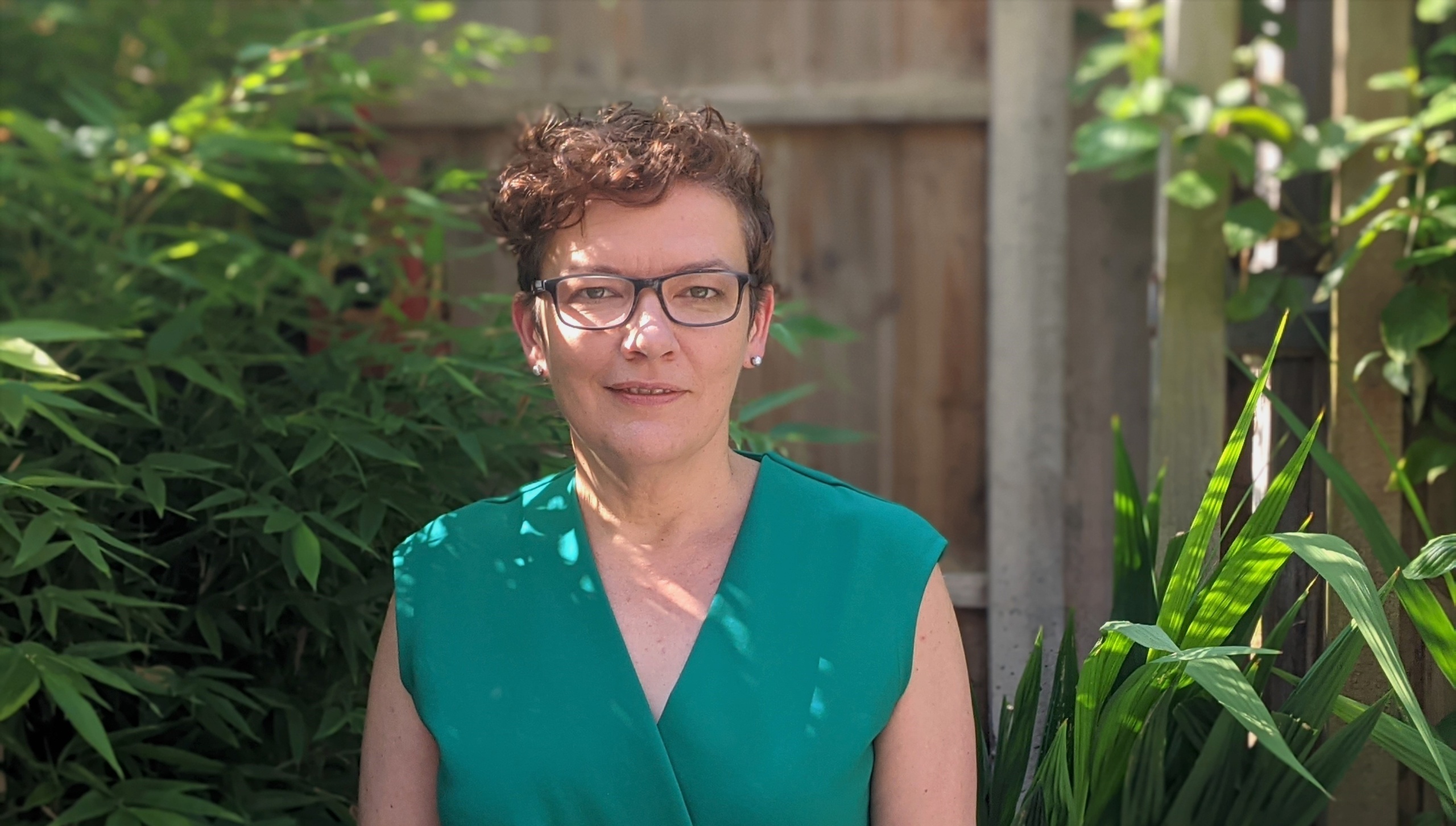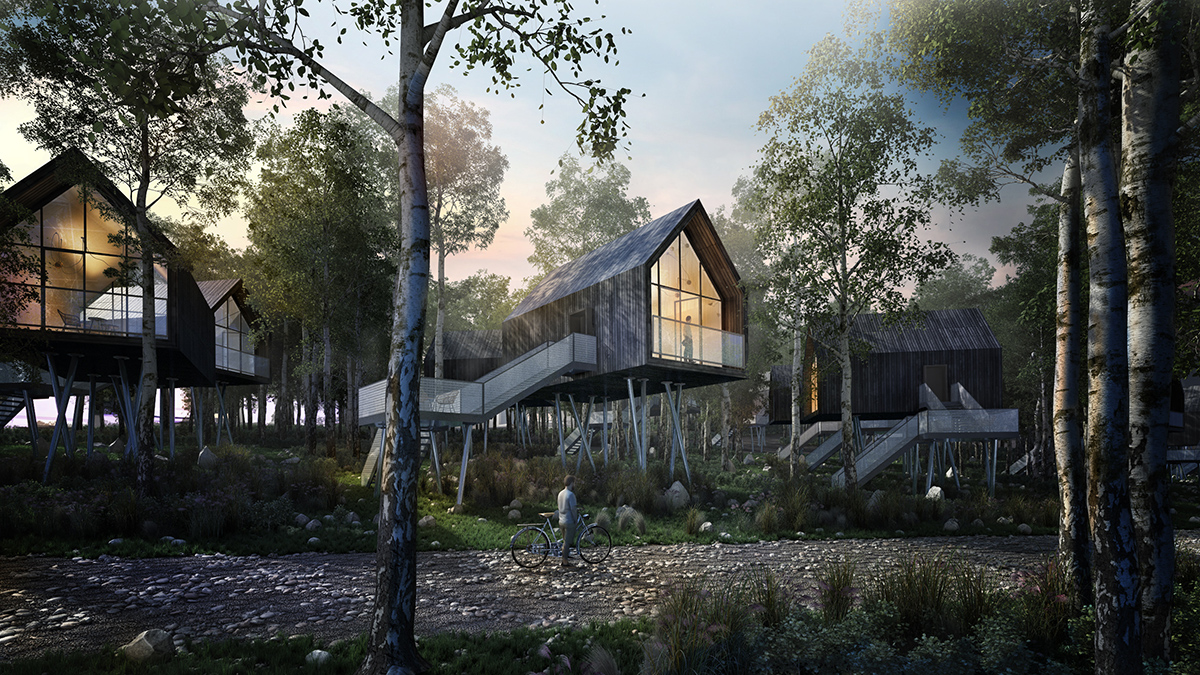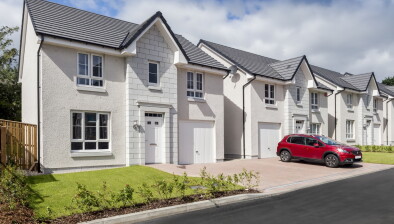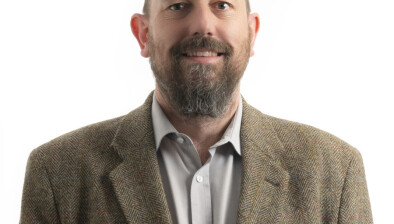Dr Sophie Taysom: ESG needs to become part of the DNA of new developments

Dr Sophie Taysom
Dr Sophie Taysom from Keyah Consulting argues that environmental, social and governance (ESG) factors should be embedded within new developments.
Scotland’s net zero commitments cannot be achieved without a clear focus on the built environment, which accounts for about 40% of global carbon emissions. But progress in reducing carbon emissions in the property sector has been variable.
Environmental, social and governance (ESG) factors put the spotlight on how companies operate and the impact they have. From local authorities to architects, builders and property investors, discussions about ESG in development is very much a hot topic at present.
What is clear is that there is a new, pioneering generation of developers emerging in Scotland and the wider UK; a group that place ESG values at the heart of their projects. For these developers, ESG is not a box-ticking exercise involving complex carbon offsetting schemes or trees in faraway lands.
Instead, these forward-looking developers will place local communities and local economies at the core of a project and its vision. Community consultation and engagement isn’t a necessary hurdle; rather, it helps to shape the very foundations of a project and inform its development.
Rather than environmental considerations being an afterthought, protection and enhancement of the natural environment are central to projects. The priority is to make the best use of the land and its unique features.

National Pride UK has embedded ESG factors across all aspects of its proposed development at The Barony in East Ayrshire
The use of local materials, suppliers and contractors where possible is key to these developers. Establishing environmentally sustainable procurement and supply chains is also critical, but standards must be set at a level that ensures the inclusion of smaller providers and suppliers.
This approach might sound idealistic at best and wishful thinking at worst, but the reality is that developments of this nature are increasing in number and scale across the UK.
One example is National Pride UK, which takes redundant land and buildings to transform them into biodiverse spaces and provide facilities that can be enjoyed by the community. Their first two projects are at former coalmines in East Ayrshire and Fife. National Pride act as a hub for a UK network of stakeholders and delivery partners including the NHS, development agencies, charities, and local authorities.
As a Community Interest Company, they have a clear focus on community benefit, wellness and social gains. In creating a partnership with the NHS, many will be able to access treatments and the facilities. On the environment, their focus is on carbon zero plus initiatives, meaning that the aim is to take more greenhouse gas emissions out of the environment than they contribute, and increasing biodiversity on their sites through re-wilding.
Central to their approach is working with local communities to ensure the projects add real value including in providing local job opportunities and providing access to the public, all of which is embedded in their ESG strategy.
The business models of these projects prove that such an approach can be commercially viable, so what will it take for this to become the new norm in development?
As an ESG consultant, I’m eager to see how these projects can inspire a seismic shift in the way that development of the built environment is approached in Scotland and beyond.
















